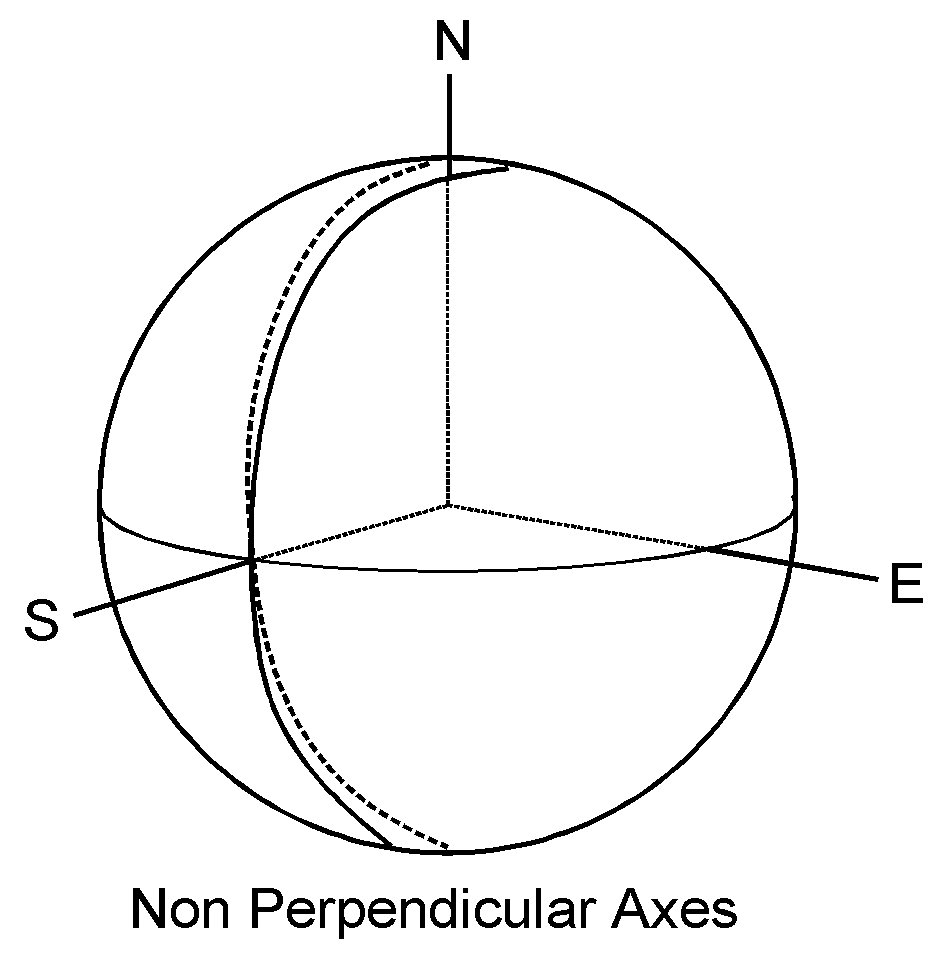
|
AWR TECHNOLOGY - 7th July 07www.awrtech.co.uk |
LAPTOPS -
When you get a new laptop computer it will probably not come with a serial port. Our systems along with many others require an old fashionned RS232 connection. The simplest solution is a USB to SERIAL converter (20.00 sterling - Europe). Ours works, and should work in many instances where competing products fall down. If you scan the Yahoo telescope User groups you will find that quite a few manufacturers converters fail. Another solution is to put in a pair of Bluetooth wirekess connections. One must have RS232 input, the other USB. However this solution is far more expensive.
POWER SUPPLIES -
Unintentionally connecting them the wrong way round.
Our driveboxes are fuse protected. However for a fuse to blow in a reasonable short time you need a large overcurrent. This will not be supplied by switch mode power supplies but any lead-acid battery can do it. So if you do accidentally connect the power supply the wrong way round you may or may not blow the fuse. Replacement fuses can be obtained from AWR as they can be difficult to get hold of. (We use 20mm x 5mm fuse links). If a car battery is used it makes sense to put an in-line fuse, rating 10 amps or so, with the positive terminal of the battery. You need to protect your battery wiring from frying. A current flow of 200 amps can fry wires in a short time! There is normally NO DAMAGE to AWR products when the power supply is connected the wrong way round. If you buy a power supply from us it comes with shrouded colour coded plugs to go into the RED and BLACK terminals of the drivebox.
TELESCOPE POINTING ERRORS -
It has come to light that there is a further error in our article on "Telescope Pointing Errors and Corrections". The perpendicular mis-alignment equation is wrong for the declination correction (It should be zero). It is notable that the frame of reference for the derivation has to be specified explicitely. If there is any hazyness then you get the wrong result, or put the wrong interpretation on it. There is a comparison article from Patrick Wallace, the designer of TPOINT, on understanding telescope pointing errors and corrections.
| The correct equations for 'non-perpendicular' or 'cone' error with a small angle P are |  |
| Further to last newsletter the graphs are reproduced for a more fuller explanation. | |
|
 |
|

|
Optical mis-alignment is the optical axis of the telescope not being parallel to the RA mechanical axis. The procedure for removing this is to first correctly collimate the optical tube (using a laser adapter collimation tool), and make it symmetrical to the centre of the optical tube assembly if you can. Then you need to determine the residual error when you flip the scope at DEC = 0 degrees and pack the tube assembly until this error disappears. This is exactly the same procedure as required when aligning the optical axis of a POLARSCOPE to the RA mechanical axis.
Only then can you get the cone error by carrying out CAL3 procedure with a star at high declination value.